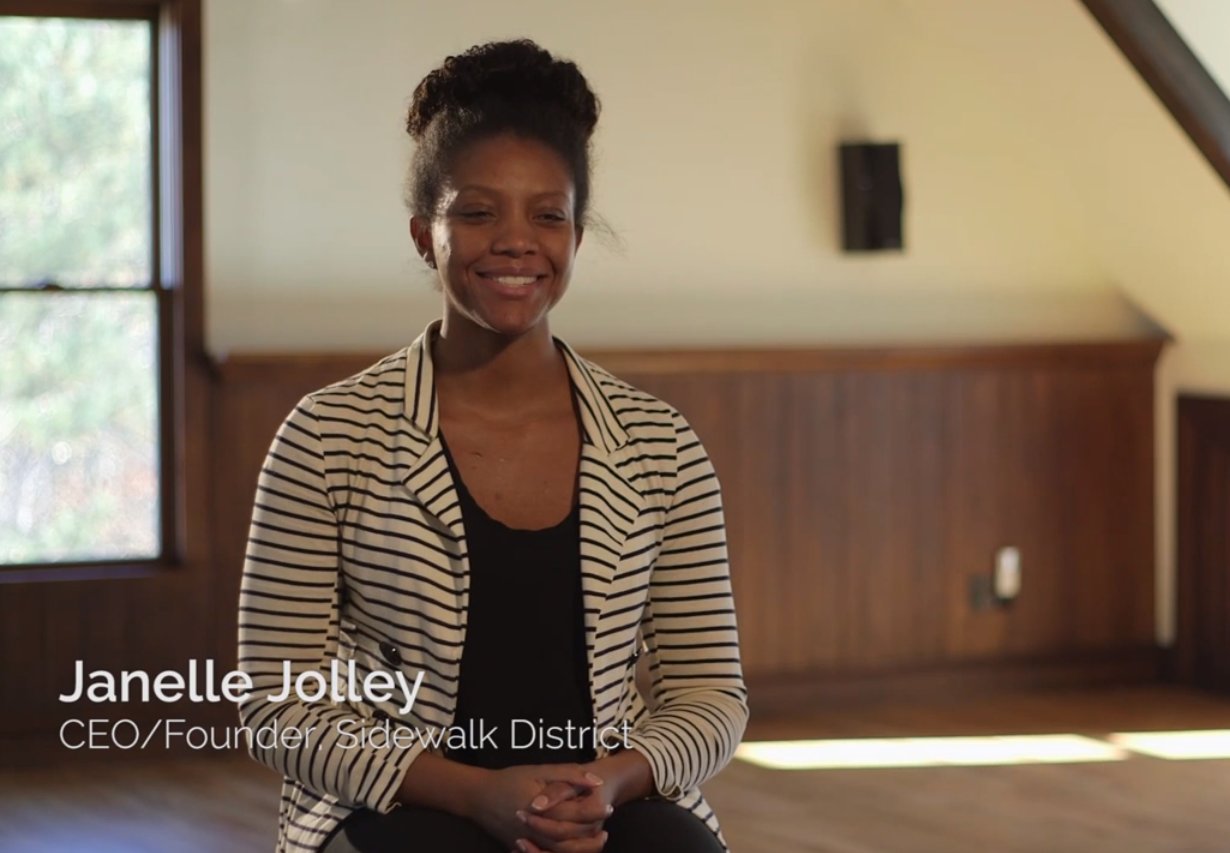So you think you have what it takes to make the next big app?. That’s great if so, but before you start about transforming your idea into reality, there are more than a few things you need to consider. Allow us to present 10 stats you must know before building your mobile app. These stats, and the accompanying commentary, will help you increase the chances that your app will blow up in popularity!
How many people are using apps?
This should be the first question you ask yourself. How many people out there are using mobile apps? Specifically, how many are using apps in your genre? A Portio research report in March 2013 estimated that there were 1.2 billion people using mobile apps by the conclusion of 2012. This number is expected to increase 29.8 percent in the next year. This is a good place to begin your market research.
A Nielsen study also showed that people download around 41 apps per device and spend almost 39 minutes a day using those apps. ABI Research estimates that between 56 and 82 billion apps were downloaded in 2013. That’s good news if you’re still considering making that app of yours; however, please continue reading for some sobering stats before any giddiness clouds your judgment.
App genre and platforms
The type or genre of the app you make is critical to your user acquisition strategy. A review by Distimo in 2012 revealed that 33 percent of apps downloaded are games. Widgets come in second with 8 percent followed by entertainment and social apps at 7 percent and 5 percent respectively. Games are ruling the top spot as you can Janelle Jolleysee; but that also means there’s more competition in the space, which means quality is of the utmost importance. Quality for game apps, and apps in general, comes down to design, usability, replay appeal, social/community factors, and the severity and speed of bug fixes. Messaging apps such as Facebook Messenger, WeChat and WhatsApp come in second likely due to their strong social component.
A Google survey shows 84 percent of smartphone users use their phone when they go shopping. This can be beneficial to you if you’re developing an app that solves a pain point in the retail industry. Solving a user’s pain should be at the root of your motivation to build a mobile app. After that, think about how your app will outrank the great apps in its genre through its unique value proposition.
The platform and app marketplace for your app must also be considered. ABI Research shows that 58 percent of apps are on Google Android followed by 33 percent on Apple iOS and the rest being Windows phone and Blackberry. According to the Apple Press, the Apple App Store is top app marketplace with over 850,000 apps and Google Play comes in second with just over 800,000 apps. The other players include the Windows Phone store with 145,000 apps and BlackBerry with around 120,000 apps.
However, don’t think going direct to market is your only option for distributing your app. Moby Affiliates showed that there are over 70 app stores. With so many choices to choose from, how would you know which is best? According to Canalys, Google Play accounts for 51 percent of all mobile app downloads with Apple a close second. So in the end Google Play and Apple’s App Store are probably your best bet for popular adoption, but develop for more if it’s within you budget. A quick note about iOS: it presents the longest list of criteria and has the toughest vetting process for getting your app to market. Don’t let that discourage you. Press on!
What are the risks of making an app?
As you know, nothing is ever certain. Predicting the success of an app, especially with little to no QA or beta testing, is a tough task. The bottom line is that most apps don’t succeed. The general public has strong opinions and other developers have high expectations. A Localytics study showed that 25 percent of apps are downloaded, used once, and then deleted. Sobered yet? Vet your idea with an experienced mentor, development team, and/or app marketing team before committing to your big idea.
Even considering the risks, you shouldn’t let that deter you from trying. A good practice is to develop multiple small apps rather than shoulder the risk of betting the farm on one big project. This is helpful because minimizes the risk of failure. If one app fails, you won’t be totally out of the game. You’ll have more chances for success. One thing that is certain:you will make mistakes. They just can’t be mistakes big enough to derail your project. But don’t lose hope when you do make mistakes; try to learn from them. The result will be better quality apps and products in the future. We suggest that you use an Agile scrum board like Pivotal Tracker to make sure everyone is on the same page and is on the same timeline. Software like this will help mitigate big mistakes.

Shoot us an email at us@bandofcoders.com
By Band of Coders